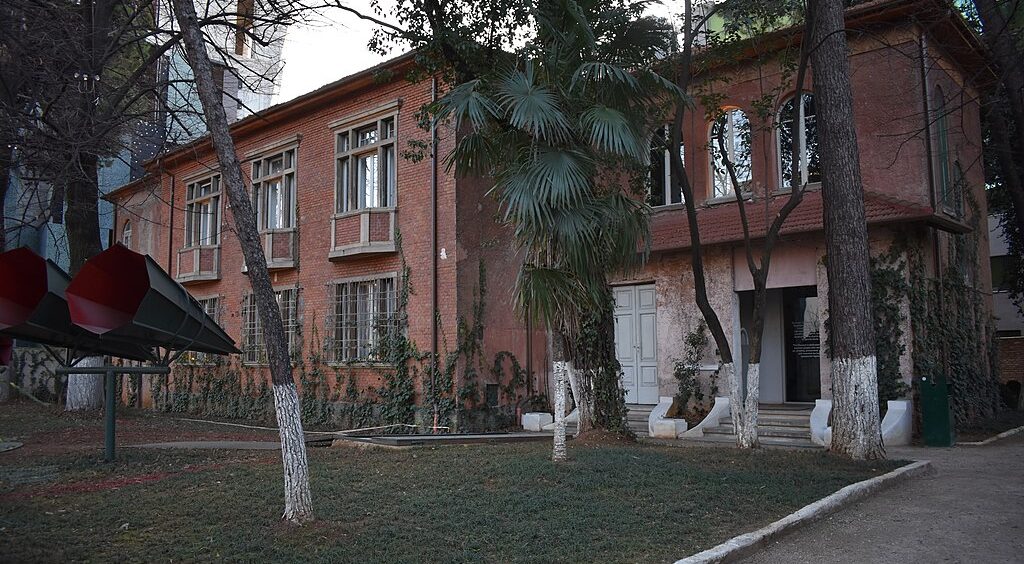The building known as the House of Leaves, named after the creeping plant that once covered its facade and symbolizing hidden things unknown to the public at the time, has now been turned into the National Surveillance Museum. The House of Leaves Museum is located in the heart of the city, opposite the Orthodox Church and next to the National Bank of Albania. The museum has been open to the public since May 23, 2017.
The House of Leaves was built in 1931 and originally served as a clinic. During World War II, it was used by the Gestapo as an investigation office. After the war, the communist regime of Enver Hoxha repurposed it as a headquarters for surveillance operations and as a site of torture for political opponents.
Inside, visitors will discover documented cases of persecution, espionage, and constant surveillance of suspected individuals. The museum exhibits include devices used for investigations, as well as stories of those who suffered under the communist regime. Much like Albania’s history under dictatorship—which began at the end of World War II and lasted nearly half a century—the House of Leaves remained shrouded in secrecy and legends for many years.
The museum is divided into nine sections and consists of 31 interconnected rooms, each serving a unique purpose. Some of the sections include: Chimps and Other Creatures, Living Microphones, What Is the Enemy?, The External Enemy, Intermezzo, Everyday Life Under Observation, Voices from the Past, Panoptikon-Panakustikon, and The Unhealed Past. This museum reveals, for the first time, the advanced methods used to control the country and the lives of Albanians. Some sections are dedicated to various eavesdropping techniques, hidden microphones, and informants.
Another striking part of the exhibition is the paradigm of the “enemy,” both external and internal, where extreme vigilance was maintained. The Living Room recreates a typical Albanian home from the 1970s. More than just a nostalgic exhibit, it serves as a powerful reminder of how controlled and isolated life truly was under the regime.
One particularly intriguing section is Panoptikon-Panakustikon, believed to have been a technical and scientific laboratory used for secret photography, recordings, and surveillance operations.








 Rruga e Elbasanit, Pallati nr. 111,
Rruga e Elbasanit, Pallati nr. 111,